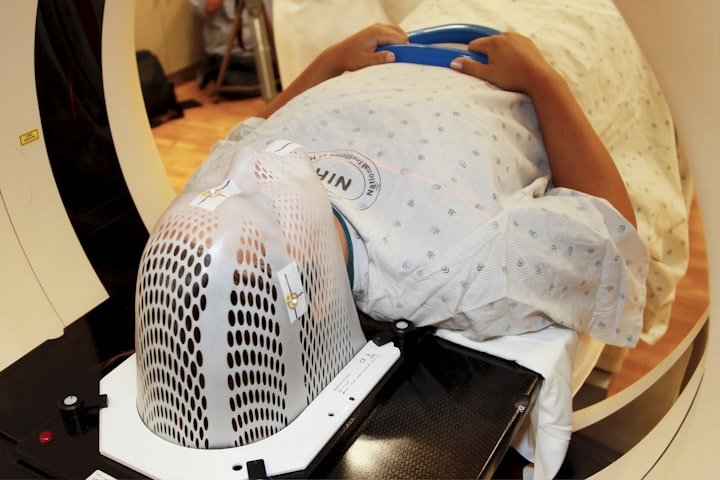STRUCTURE OF HEART
Basics of a function of Heart

STRUCTURE OF HEART:
EXTERNAL STRUCTURE:

A human heart is muscular hollow pumping organ which can maintain continuous flow of blood circulation inside the body. It is roughly triangular in shape. It is about the size of a person’s fist and weighs about 300 grams. It is reddish brown in color. It is situated ventrally in the middle of thoracic cavity in between two lungs. The narrow end of the heart is slightly displaced to the left side. It can be heard towards the left side of the chest.
The heart is enclosed in a double walled membranous sac called pericardium. The inner membrane is attached to the heart. In between two membranes, there is presence of a pericardial fluid. The fluid is shock absorbing so protect heart from any shock and minor injuries. It also allows free movement to the heart.
Anterior broad part is called auricular part and posterior narrow part is called ventricular part. Towards right side of auricular part there is superior and inferior venacavae carrying impure blood from different parts of body except lungs. Towards the left side of auricular part, the pulmonary veins carry pure blood from lungs. The auricular part receives blood. The lower ventricular part sends out blood. The arch of Aorta and Pulmonary trunk carries blood out of the heart.
The human heart is situated to the left of the chest and is enclosed within a fluid-filled cavity described as the pericardial cavity. The walls and lining of the pericardial cavity are made up of a membrane known as the pericardium.
The pericardium is a fibre membrane found as an external covering around the heart. It protects the heart by producing a serous fluid, which serves to lubricate the heart and prevent friction between the surrounding organs. Apart from the lubrication, the pericardium also helps by holding the heart in its position and by maintaining a hollow space for the heart to expand itself when it is full. The pericardium has two exclusive layers—
1.Visceral Layer: It directly covers the outside of the heart.
2.Parietal Layer: It forms a sac around the outer region of the heart that contains the fluid in the pericardial cavity.
INTERNAL STRUCTURE:

The human heart is four chambered. The upper two are right and left atria or auricles. The lower two are right and left ventricles. Auricles are thin walled chambered separated by inter auricular septum. There are presence of muscular ridges called musculi pectinati. Right auricle is having openings for superior and inferior venacavae to receive impure or venous blood. Left auricle is having openings for pulmonary veins to receive pure blood from lungs. The opening of inferior venacava is guarded by valve of Eustachius while the opening coronary sinus is guarded by valve of Thebesius. Right and left auricle open into respective ventricle through an auriculo ventricular apertures. These AV apertures are guarded by valves.
The sinus venosus is completely merged into right auricle. So caval veins directly open into auricles. Truncus arteriosus has split into systemic (aortic) and pulmonary trunk in mammals.
The two ventricles are separated by inter ventricular septum. The septum comes right side from the apex. Ventricles are thick walled than atria. The left ventricle is thicker than right ventricle.
Valves : Bicuspid valve is also known as mitral valve. It is situated between the left auricle and left auricle and left ventricle. It allows unidirectional flow of oxygenated blood from left atrium to left ventricle. It consists of two flaps or cusps. Tricuspid valve is the right AV valve. It consists of three flaps or cusps. It allows impure blood to flow from right atrium to right ventricle.
Both valves are provided with tendons or chords made up of tough strands of connective tissue called chordae tendinae. The chordae tendinae arise from papillary muscle present in the wall of ventricles. Their contractions bring the tightening of chordae tendinae which in turn prevent the valves from turning inside out or from being forced upward during contraction of ventricles.
Semi lunar valves: At the base of pulmonary trunk and aortic arch, there are pulmonary semi lunar and aortic semi lunar valves. Such valve is made up of three flaps attached to inside of arterial wall. These valves allow only unidirectional flow of blood from ventricle to artery and prevent back ward flow. Semilunar valves are located between the left ventricle and aorta. It is also found between the pulmonary artery and right ventricle.
Some Facts about Human Heart:
1. The heart pumps around 5.7 litres of blood in a day throughout the body.
2. The heart is situated at the centre of the chest and points slightly towards the left.
3. On average, the heart beats about 100,000 times a day, i.e., around 3 billion beats in a lifetime.
4. The average male heart weighs around 280 to 340 grams (10 to 12 ounces). In females, it weighs around 230 to 280 grams (8 to 10 ounces).
5. An adult heart beats about 60 to 100 times per minute, and newborn babies heart beats at a faster pace than an adult which is about 90 to 190 beats per minute.
About the Creator
Sumesh Bhaila
The main purpose of my writing is to motivate you people to do something that can help you achieve your big goals and dreams whatever they may be...
Please like & share it and also support me by leaving a tip.





Comments
There are no comments for this story
Be the first to respond and start the conversation.